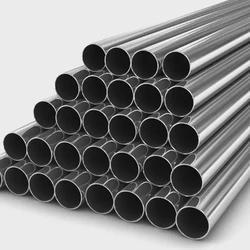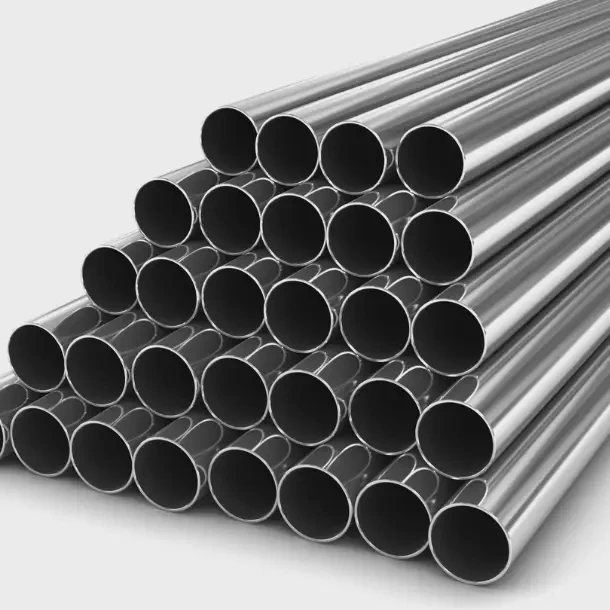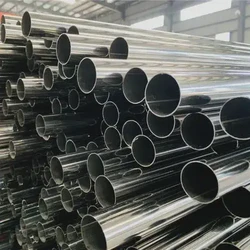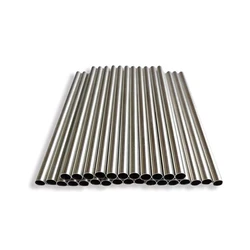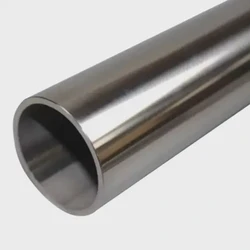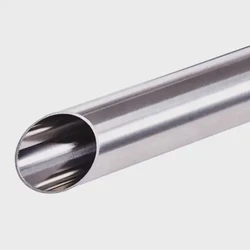ASTM A213 Stainless Steel Pipe
We offer ASTM A213 Stainless Steel Pipe and related grades with 100% factory direct pricing and free quotes available within 6 hours.
ASTM A213 stainless steel pipes are a critical component in many industries due to their exceptional strength, resistance to corrosion, and ability to withstand high temperatures. They are primarily used in industries such as chemical, petrochemical, power generation, and oil & gas, where durability and performance are paramount. These pipes, made from various grades of stainless steel, are designed to meet specific standards and can be fabricated to fit a wide range of applications.
1. Understanding ASTM A213 Standard
ASTM A213 is a specification set by ASTM International (formerly known as the American Society for Testing and Materials) that covers seamless ferritic and austenitic steel boiler, superheater, and heat exchanger tubes. The pipes under this standard are designed to perform well under high-temperature environments while maintaining excellent resistance to corrosion.
2. Material Composition of ASTM A213 Pipes
ASTM A213 pipes are available in a range of stainless steel alloys, including:
-
T-304: The most common stainless steel alloy, offering good corrosion resistance in most environments.
-
T-316: Includes molybdenum, providing better resistance to corrosion in chloride environments.
-
T-321: Has titanium added for high-temperature resistance.
-
T-347: Similar to T-321 but stabilized with columbium for better resistance to carbide precipitation at elevated temperatures.
Each material has distinct properties that make it suitable for specific environments. For example, T-304 is widely used in general-purpose applications, while T-316 is ideal for environments with exposure to saltwater or corrosive chemicals.
3. Applications of ASTM A213 Stainless Steel Pipes
These pipes are essential in industries requiring high-performance materials for heat transfer and durability. Some common applications include:
-
Power Plants: Used in boilers and heat exchangers where high temperatures and pressures are encountered.
-
Petrochemical Industry: Used in reactors, distillation columns, and pipelines that handle corrosive substances.
-
Pharmaceutical Manufacturing: Utilized in processes that require sterile, non-reactive surfaces.
4. Key Characteristics of ASTM A213 Stainless Steel Pipes
The properties of ASTM A213 pipes include:
-
Corrosion Resistance: Resistant to oxidation and corrosion, even in harsh environments.
-
High-Temperature Strength: Maintains strength and durability at elevated temperatures, up to 1,800°F (982°C) depending on the alloy.
-
Formability and Weldability: Easy to form and weld, allowing for complex pipe shapes and sizes.
-
Longevity: Can last for decades when used correctly in suitable conditions.
5. ASTM A213 Stainless Steel Grades Comparison
Below is a table summarizing the key features of some of the most common ASTM A213 stainless steel grades.
| Grade | Composition | Corrosion Resistance | High-Temperature Strength | Common Uses |
|---|---|---|---|---|
| T-304 | 18-20% Chromium, 8-10.5% Nickel | Excellent | Up to 870°C | General industrial |
| T-316 | 16-18% Chromium, 10-14% Nickel, 2-3% Mo | Very good | Up to 925°C | Marine, chemical processing |
| T-321 | 17-19% Chromium, 9-12% Nickel, Ti | Good | Up to 870°C | High-temperature environments |
| T-347 | 17-19% Chromium, 9-12% Nickel, Nb | Good | Up to 870°C | High-temperature applications |
6. Case Study: Stainless Steel Pipes in Power Plant Boilers
A recent study of a major power plant using ASTM A213 T-316 pipes in their boiler systems showed a 15% increase in operational lifespan compared to earlier installations with lower-grade materials. The enhanced corrosion resistance of T-316 in the high-chloride environment of the boiler system helped significantly reduce maintenance costs and downtime. (Source: Journal of Industrial Engineering, 2023)
7. Factors Affecting the Performance of ASTM A213 Stainless Steel Pipes
The performance of ASTM A213 pipes can be influenced by several factors:
-
Temperature: Prolonged exposure to high temperatures can cause stress and material degradation.
-
Corrosive Environments: While stainless steel is corrosion-resistant, certain chemicals can still attack the material, especially in the absence of proper maintenance.
-
Mechanical Stress: External forces, such as pressure and vibration, can affect the structural integrity of the pipes.
8. How to Choose the Right ASTM A213 Grade
Choosing the appropriate grade for your application depends on the specific conditions under which the pipes will operate. Here are a few considerations:
-
For general use: T-304 offers good corrosion resistance and is commonly used in a wide range of applications.
-
For chemical or marine environments: T-316 offers superior resistance to corrosion from saltwater and chemicals.
-
For high-temperature applications: T-321 or T-347 is more suitable due to their enhanced high-temperature strength.
9. Advantages of Using ASTM A213 Stainless Steel Pipes
Some of the major advantages include:
-
Durability: Stainless steel pipes have a longer service life compared to many other materials, especially in high-temperature environments.
-
Maintenance Efficiency: Their resistance to corrosion means less frequent repairs and replacements.
-
Strength and Flexibility: These pipes can withstand high pressures and can be bent into various shapes, providing flexibility in design.
10. Frequently Asked Questions (FAQs)
-
What is the difference between ASTM A213 T-304 and T-316 stainless steel pipes?
-
T-316 offers superior corrosion resistance, especially in chloride-rich environments, compared to T-304, making it ideal for marine or chemical processing applications.
-
-
Can ASTM A213 pipes be welded?
-
Yes, ASTM A213 pipes are designed for excellent weldability, allowing them to be easily integrated into various systems.
-
-
What industries use ASTM A213 stainless steel pipes?
-
These pipes are used extensively in the power generation, petrochemical, pharmaceutical, and food processing industries.
-
-
How long do ASTM A213 pipes last?
-
Depending on the operating conditions, ASTM A213 pipes can last anywhere from 10 to 50 years, particularly when used in suitable environments.
-
-
What are the temperature limits for ASTM A213 stainless steel pipes?
-
The temperature limits vary by grade, with T-304 capable of withstanding temperatures up to 870°C and T-316 up to 925°C.
-
Packing And Delivery

OUR FACTORY





CUSTOMER VISIT

HONOR


Recommended Products
Send Inquiry
